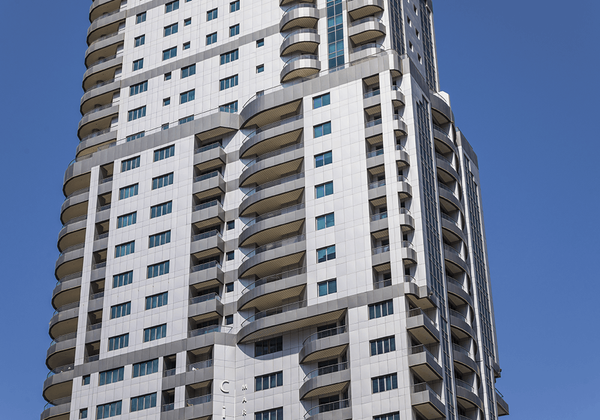How to Assess the Appreciation Potential of a Property Before Buying
Buying a property is an important decision, and for investors or even buyers looking for a home, understanding the appreciation potential of the property is essential to ensure a good investment. Properly assessing this potential helps avoid investments that won’t bring financial returns and identify opportunities that can offer solid growth in the medium and long term.
In this blog, we will show you which factors to consider when evaluating the appreciation potential of a property before closing the deal.
- Location
Location is undoubtedly the most important factor for appreciation. Properties located in areas with good infrastructure, safety, active commerce, and easy access to public transportation tend to appreciate faster.
What to look for in a location:
- Proximity to schools, hospitals, and shopping centers.
- Accessibility to main roads, subways, or public transport.
- Presence of green areas, parks, and leisure options.
- Neighborhood safety and historical appreciation trends.
- Development Projects and Infrastructure
Pay attention to public and private projects that can transform the area, such as:
- Construction of new highways, subways, or bike paths.
- Implementation of shopping malls, business centers, or commercial parks.
- Urbanization, revitalization of degraded areas, or urban expansion.
These investments generally boost the appreciation of nearby properties by attracting new residents and businesses.
- Supply and Demand in the Local Market
Understanding the balance between supply and demand in the area is essential. A market with high demand and low supply tends to see prices rise faster.
Tips to evaluate:
- Check sales and rental data for the area.
- Observe how long properties remain on the market for sale or rent.
- Analyze the profile of local buyers and tenants.
- Condition and Features of the Property
The property itself also influences its appreciation, regardless of location.
- Well-maintained properties with modern finishes have higher value.
- Properties that offer flexibility of use or can be easily renovated to meet different needs are more attractive.
- Condominiums with full amenities (pool, gym, security) add value.
- Economic and Social Trends
Appreciation is directly linked to economic trends such as local employment growth, an increase in average income, and population expansion.
In addition, social changes, such as preferences for living in more sustainable neighborhoods or closer to urban centers, also impact property value.
- Historical Appreciation of the Area
Research the appreciation history of the area over the past years. While the past doesn’t guarantee the future, a neighborhood that has shown steady growth usually has the potential to keep appreciating.
Conclusion
Assessing a property’s appreciation potential goes far beyond just looking at the price or appearance. It involves detailed analysis of location, infrastructure, market conditions, property features, and economic and social trends.
To make a safe and strategic choice, rely on the help of an experienced real estate agent who knows the local market and can offer accurate insights for you to make the best decision.
Want to learn more about investment opportunities and properties with high appreciation potential? Contact me and let’s talk!
Categories
Recent Posts










GET MORE INFORMATION


